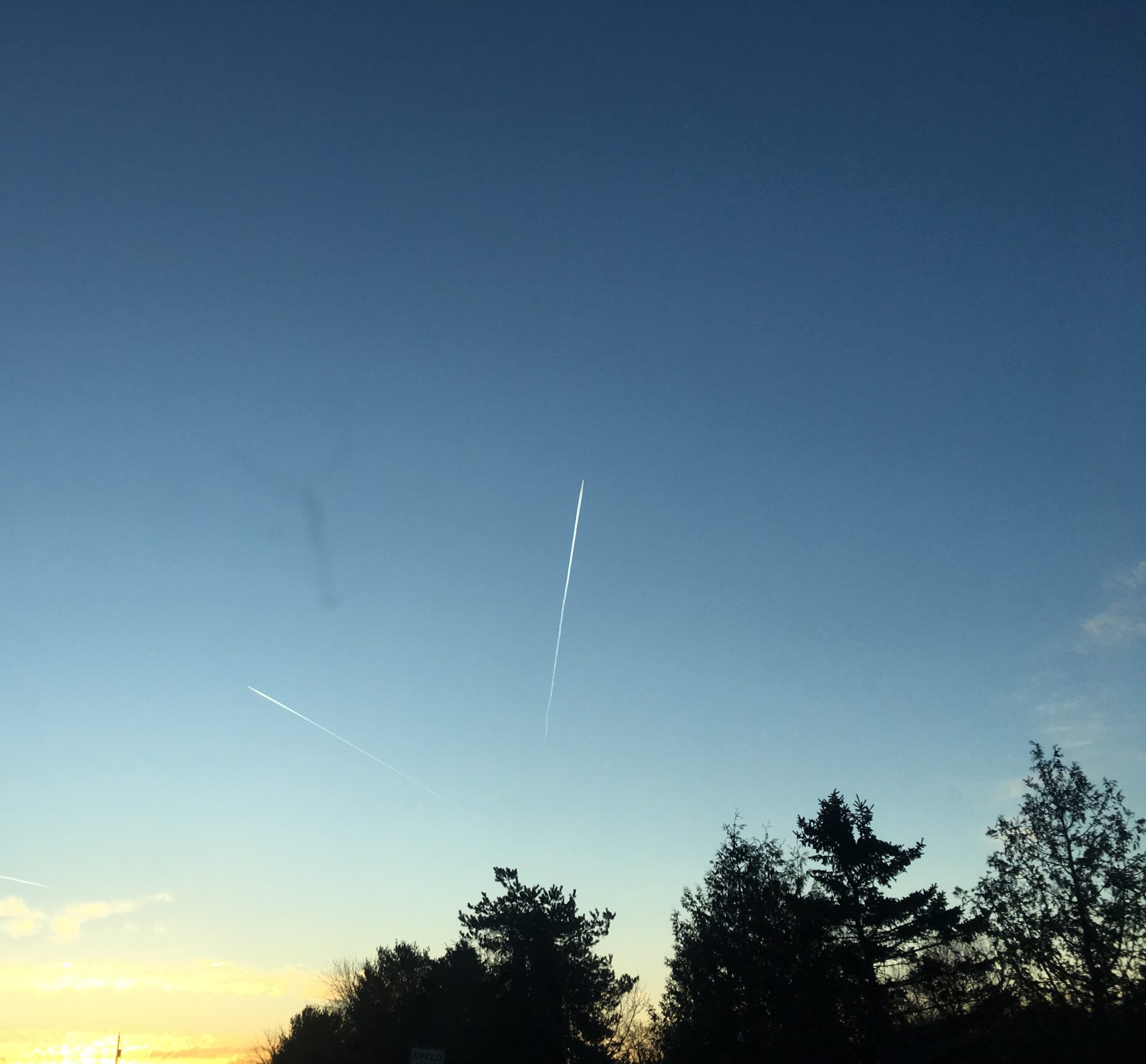
I don’t remember the circumstances that inspired this drawing. Today, it represents to me all that we don’t know about the future, and how dreams blend reality and fantasy. And isn’t that so very true?

Everything is spiritual

I don’t remember the circumstances that inspired this drawing. Today, it represents to me all that we don’t know about the future, and how dreams blend reality and fantasy. And isn’t that so very true?

I’m going to share some of my art in the next several posts. This first piece is a drawing of an event I spent years preparing for — the so-called Great American Eclipse of August 21, 2017. I’m sure many of you shared this experience. For me, it was one of the great moments of my life. It was raining up until minutes before the eclipse, and then Nature decided it would allow us a viewing, if only through cloud cover.
I took photographs of the eclipse too, but this sketch feels more real and personal than any of those images.

The Hubble Space Telescope. Our six-day zoom-out tour of the heavens is complete. I hope you enjoyed it, but why does it matter? It matters because our perspective is changing. For most of human history we’ve been looking at the sky with eyes designed for hunting game and gathering plants. We were unable to appreciate the wonders of the Universe because we couldn’t see them.
Then everything changed. Using God’s gift of reason, we created new eyes that can see the faintest light and make far things appear near. They’re called telescopes, and with their help we looked at the universe and saw so much more than we did before. With better sight came new perspectives. How will these new perspectives change our understanding of God?

Wonder E. The Andromeda Galaxy. This is the galaxy closest to our own – though close is a relative term. The light that made this image left Andromeda 2.5 million years ago, back when the early ancestors of humans were living in Africa.
The Andromeda Galaxy holds a special significance for me. One summer, when I was twelve years old, I was at church camp. It was late at night. We were all in bed, sleeping soundly. For no apparent reason, our cabin counselor woke us up and led us outside. He pointed to an oval patch of light in the eastern sky. “Do you know what that is?” he asked. We shook our heads. “That’s the Andromeda galaxy.” I was overwhelmed with awe, and at that moment began to believe in God. I am grateful for that camp counselor, who cared enough to awaken a young boy to wonder.

Wonder D. M56. This star cluster is Messier Object 56. (Messier was the astronomer who discovered it.) M56 is a globular cluster, a ball of ancient stars that lies outside our galaxy. Globular clusters were often mistaken for comets before the era of telescopes, because they look like fuzzy balls of light to the naked eye. But they are not comets; they are tiny satellite galaxies that orbit our own.
There are over 150 of these globular clusters, arranged in a halo around the Milky Way. They are 10 billion years old, more than twice as old as Earth. But without powerful telescopes and the insights of astronomers, they would only be hazy patches of light, rather than the glorious fireworks display shown this image. What other glories of God are awaiting discovery in the unturned pages of the Book of Science?

Wonder B. Saturn. This is Saturn seen from the Cassini spacecraft. The sun is behind the planet, making the rings glow and casting the planet’s face in shadow. In the upper left, just above the bright rings, you can see a pale dot. That’s Earth. It’s a powerful image, almost overwhelming in intensity. How could this possibly exist? And yet it does.
In our last town, I volunteered at the local observatory helping with tours. Whenever I showed Saturn through my telescope, schoolchildren would either say, “Wow!” or “That’s fake!” Saturn didn’t look quite as powerful as this image, of course, but just the glimpse of Saturn’s rings was enough to make believers or skeptics of everyone. No one reacts indifferently to God’s wonders.